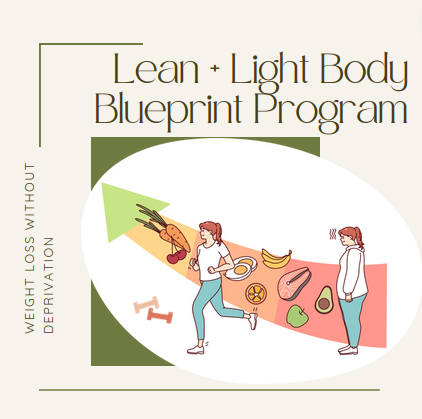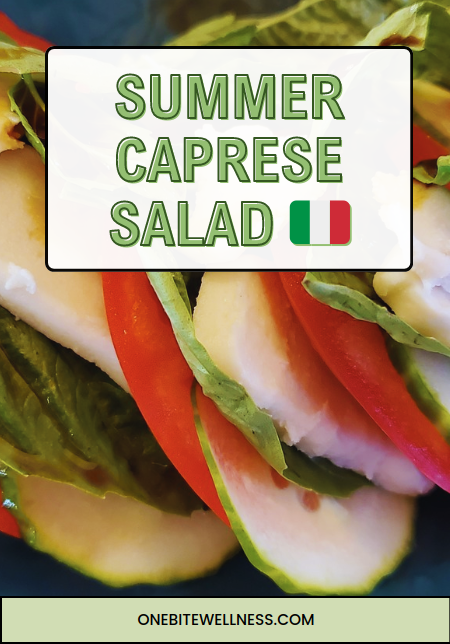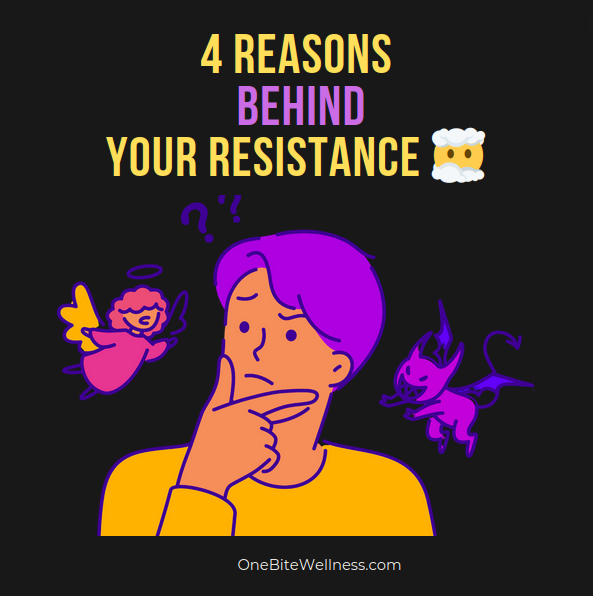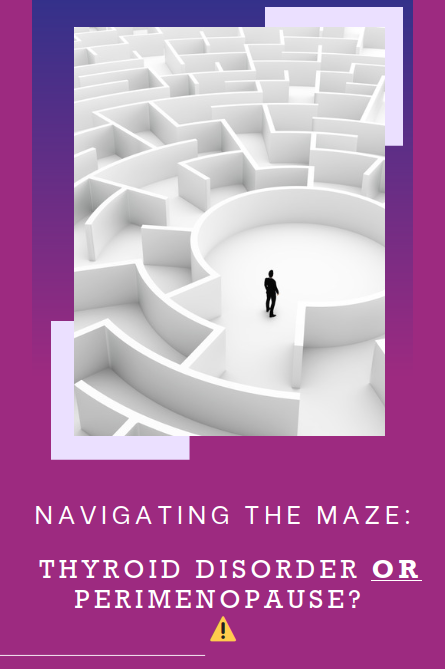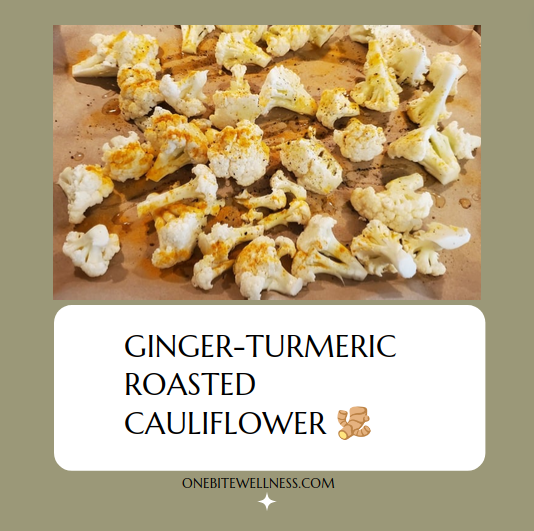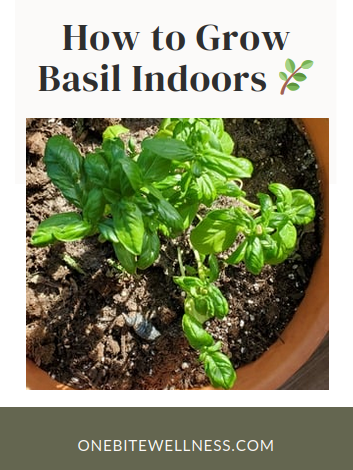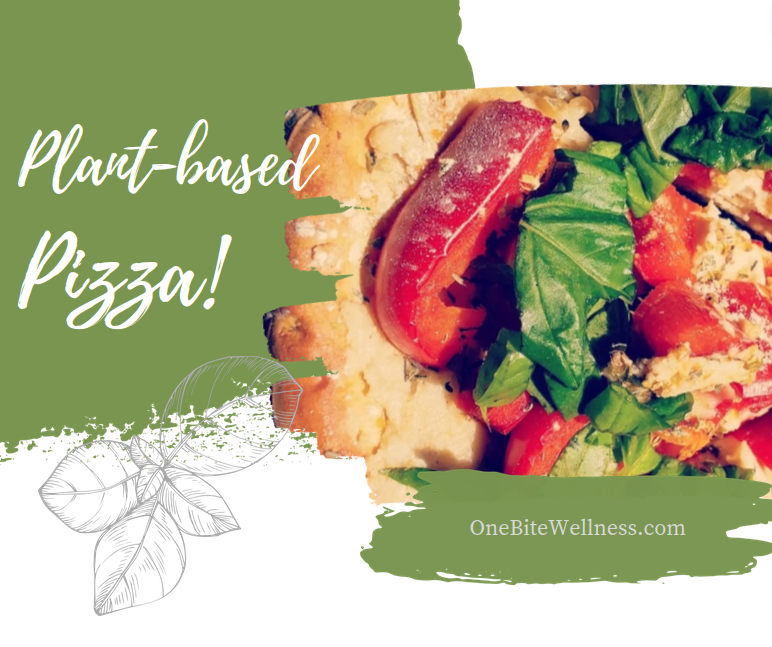Whether you’ve gained 15, 5 or 30 pounds in recent years, you’re in good company of those wanting to make a change.
How did I get here?
As an educated professional, you are quite accomplished. You see success in your work and the various roles you play as manager, spouse, parent, friend….
….but this one elusive goal causes you to wonder, “I know I’m smart – why is the process of losing weight so confusing and frustrating? Why do I fail at this?”
What life looks like now:
- Every time you go down the stairs, you feel the disconcerting jiggle of your belly and derrière. Your mood drops.
- The scale either sets your bad mood for the day or you just avoid its judgmental response altogether.
- You’ve purchased groceries but at most mealtimes you either ‘wing-it’, eat cereal for dinner (again), or fall victim to convenience and order DoorDash delivery.
- Your baking skills are rivaled only by your stress and comfort-eating.
- The gym membership is like a donation you make each month – you feel shame about not exercising but the idea of starting is overwhelming.
- Alcohol has played a bigger role in dealing with long work days, stress and boredom, or is one of the few joys of daily life.
- It is often only when the chip bag is empty or the pint of ice cream scraped clean do you realize you ate the whole thing. And, on top of the shame, your stomach feels bloated and ‘gross’.
- You recognize that you’re emotional eating, but you’re not sure how to stop it.
Each night, you beat yourself up over your food choices and pledge to do better tomorrow.
In the words of Dr. Phil, “how’s that working for you?”
Probably not well.
Despite your intelligence and success, you realize that you have intentions of weight loss and maybe some willpower, in fits and starts, but you’ve white-knuckled your way through weeks of fad diets, tracking points, and counting calories before. Though these deprivation diets temporarily ‘worked,’ they were never really sustainable. All the weight you lost came back, and then some. Remembering this, you feel out of control with eating and yet dread the thought of starting one of those restrictive diets again. There must be a better way.
We’re here to tell you: indeed, there IS a better way.
If we haven’t met yet, greetings! I’m Adrienne, the founder & director of One Bite Wellness and an integrative and functional dietitian-nutritionist.
Ever since adolescence, I’ve had a passion for the art and science of nutrition, lifestyle and mindset coaching, and tailoring dynamic personalized programs to help people. Part of my mission in life is to educate and inspire people to live full and vital lives – whether one-on-one or speaking at numerous conferences around the U.S. and on TV segments. The message is this: you can transform your life. With a mind-body-soul approach to weight loss, you’ll find the process deep, self-connecting, fun, and achievable!

This program has been over a decade in the making, as we’ve worked together with clients to move from feeling ‘gross’ and ‘stuck’ to looking and feeling great!
The Lean + Light Body Blueprint program is a path which has steady steps leading to a firm foundation for your new life.
And it’s not a diet.
Surprised? Well, food is a key component, but it’s not the only answer to lasting weight loss.
Before we deal with the fat on our bodies, we have to deal with the fat between our ears – our thoughts and beliefs. We all have old stories of shame and not being enough to memories of failure. These negative thoughts keep us stuck and reluctant to even try again.
Mindset matters. We have to deal with the mental adversary’s lies about us, our bodies, and our ability to change. We must delve deeper into the reasons behind our emotional eating. As we know by now, cookies only comfort in the moment.
Our mindset keeps us living small, while our bodies grow larger.
So during this program we are utilizing key mindset, diet AND lifestyle concepts. When everything works together, the synergy is astounding. These new habits replace your old ones and your results seem effortless.
Instead of rigid rules, there will be education and guidelines.
Instead of white-knuckling and starving your way through, you will feel confident on your path and nourished.
You will not hate or beat yourself into a new body. You will learn to love and enjoy yourself into a new body.
Instead hoping for change, you will be creating change in your life.
Lean + Light Body Blueprint was designed to solve the most common challenges around sustainable weight loss. From combating cravings and our negative thoughts to inconsistent eating and sleeping patterns – everything is addressed!
The 6-week program runs from July 9th to August 13th, giving you plenty of time to get in better shape this summer and enter the autumn season feeling rejuvenated!
Have more questions or want to get acquainted before grabbing your seat? Check out our full page with more details or schedule your introductory “Lean + Light Body Blueprint – let’s talk!” phone call. We’re happy answer questions and help ensure that we are a great fit for you and your needs before you join. Let’s make the coming 6 weeks better than the last 6 months!
